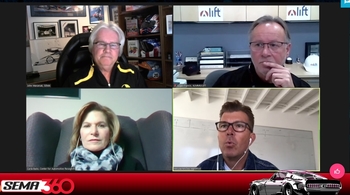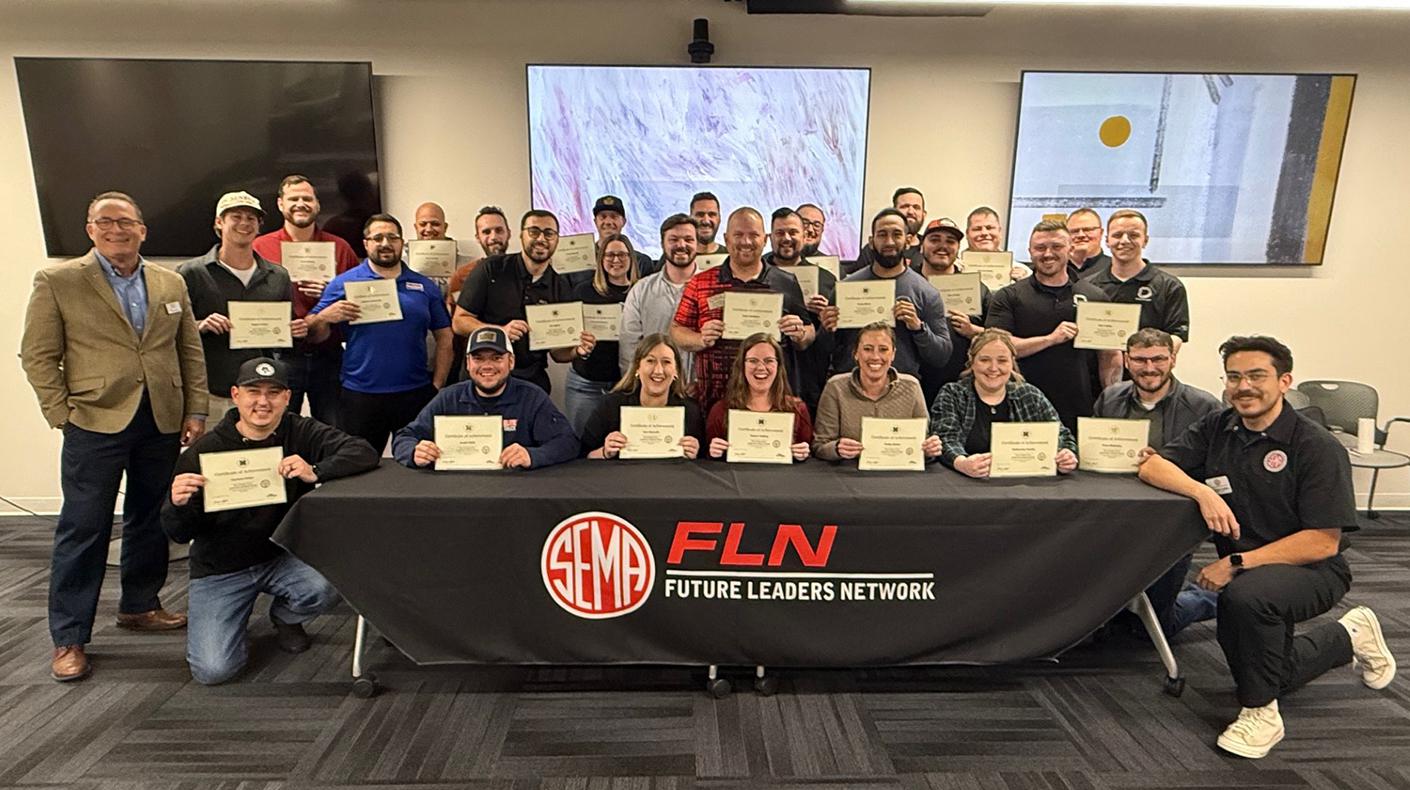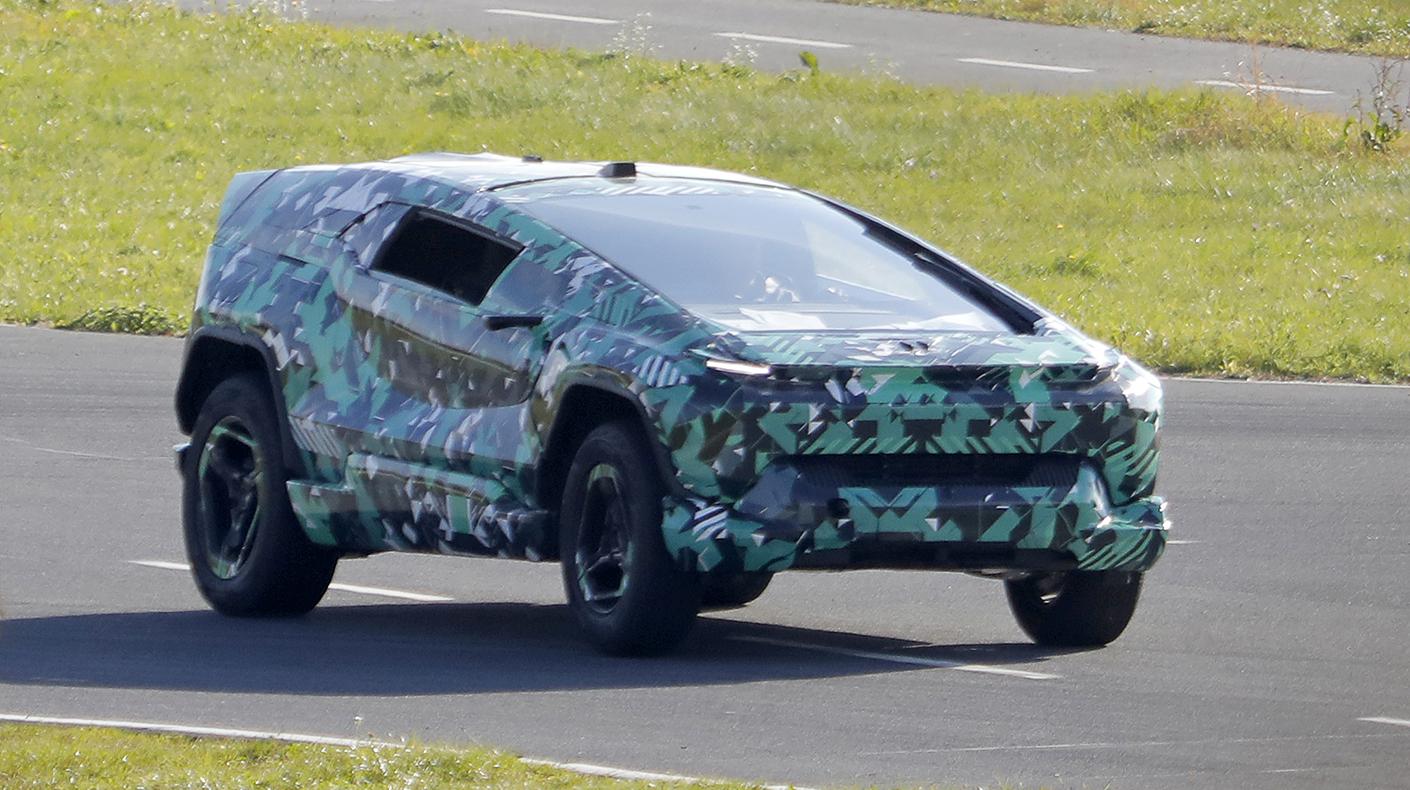By John Stewart
 In a one-hour panel discussion on SEMA360, panelists presented insights on how fundamental shifts in industry and society will create new opportunities for manufacturing businesses, large and small. |
In a one-hour panel discussion on SEMA360, panelists presented insights on how fundamental shifts in industry and society will create new opportunities for manufacturing businesses, large and small.
“The revolution is now, it’s being live-streamed today,” said moderator John Waraniak. “Once to grow, you could run a different race, or you could run the same race faster. Today, you have to do both.”
Carla Bailo, president and CEO, Center for Automotive Research (CAR), told how COVID-19 has propelled change and changed thinking in transportation and associated manufacturing. The assembly line of the future will include a lot more automation, and manufacturers will need to pivot to adjust their business models as the health crisis continues. There will be more demand for home delivery and manufacturers need to be prepared for supply-chain disruptions, and the days of three-year, five-year product-development cycles are over. “COVID-19 is giving us opportunities as never before…Think about how you can delight the customer.”
Mouse McCoy (HackRod Studio MFG) made the point that manufacturing has become digital and virtual. The ”digital twin” process, in which teams around the country work on a digital file in the cloud, make it possible do develop and simulate a complex product such as a car digitally before production. Once the digital product is tested through simulation, the file can be transferred to an advanced production facility and produced. This will lead to mass customization and personalization for customers—an exponential opportunity.
Nigel Francis, CEO and executive director, ALMMII/LIFT, runs a non-profit that enhances collaboration between industry, academia, and the department of defense. He revealed ground-breaking processes, such as linear friction welding and wire arc additive manufacturing (WAAM), that are already in use, enabling the joining of dissimilar materials and flexible joining. These processes will enable mass-customization of product for small- and medium-size companies.
“Any color you like as long as it’s black doesn’t work any more,” he said. Personalization must increase, and the customer will dictate their preferences. That trend drives the opportunities in manufacturing of the future.
This session is available on demand on the SEMA360 platform.





